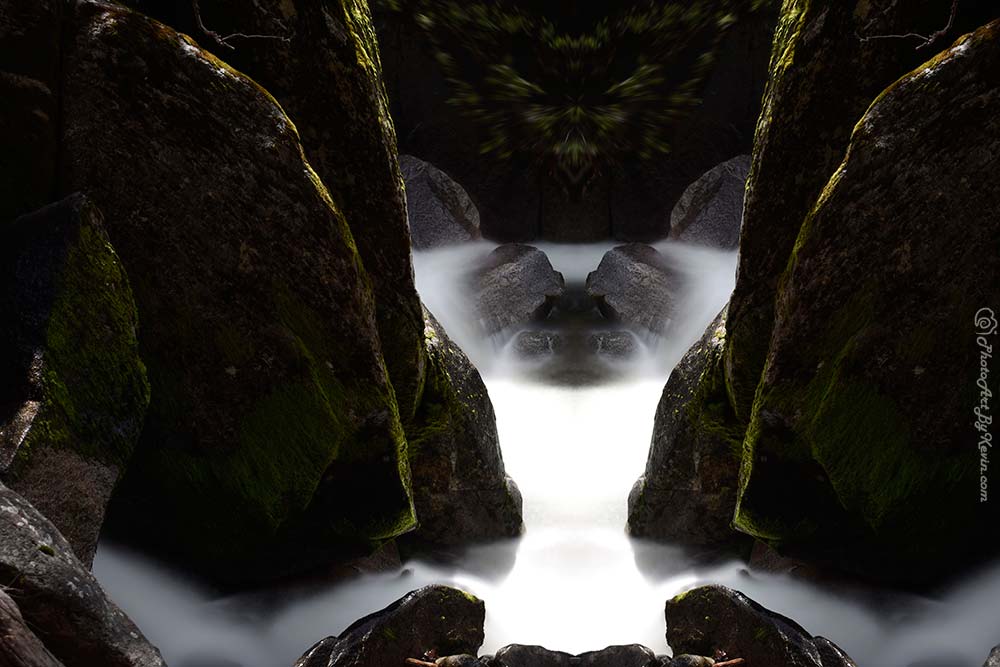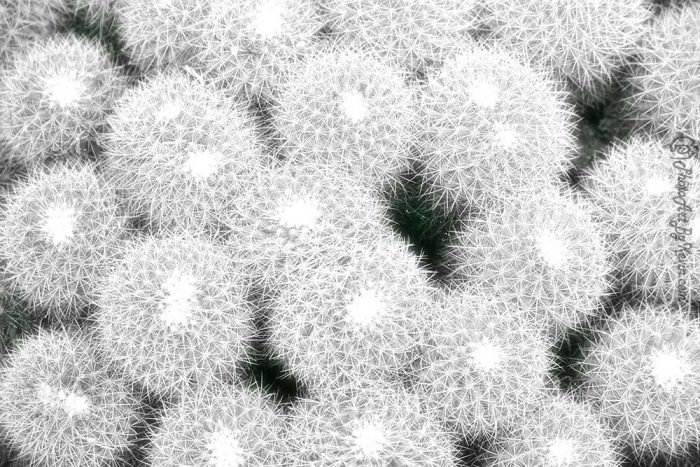
Photography is a unique and challenging form of art. To get it right, you often need to have both the right tools and the suitable techniques. However, as we all know, it’s not often quite so easy to get both of those attributes to line-up. If you are tooled up but lacking in technique, one part of photography I ask you to work is under exposure versus over exposure.
Many photographers are either oblivious to this, or don’t really know where to start. Exposure is a top priority photography, as it determines how much light is going to be allowed into your photo. The camera, on auto-exposure, often decides the best form of exposure, but it won’t always get it right. If you wish to make your picture as perfect as can be, you might wish to adjust the exposure yourself. What, though, does this actually mean?
The first thing that matters is the metering mode of your camera. This is the way that your camera decides how much/little light to let into the picture. This adjusts aperture, shutter speed, and ISO to make sure you get the right combination.
Under Exposure
So, under exposure (or low key photography) is most commonly used when you wish to generally minimize how much light is able to get into the picture. Under exposure means that you want to go for something with less light than the average. That would be suitable for a lot of images, mostly during the day when you might feel like you already have too much light ruining the image. For instance, I like to use low key photography when shooting in the deep woods of Yosemite.
By making your image darker, it may make the photo a bit easier to spot in terms of minor details that you believe are important to the final picture. You should try and adjust your exposure compensation when using under exposure during the day. It might give you a clearer chance to land the shot that you were hoping to get.
However, remember that under exposure can lead to some issues and it might make your photo too dark to see key details. However, you can always lighten up a photo that is too dark in editing (such as using Photoshop’s Raw feature). When the photo is too light, making it darker via editing can lead to some details disappearing.

Over Exposure
Over exposure (or high key photography) can used when you are shooting at night and don’t have enough natural light to make the image stand out naturally or when you are shooting directly at the sun or when you want to “wash out” a scene. You might wish to think about using over exposure when you perhaps lack natural lighting or you are working without much natural light at all. It’s great for grabbing photos in places that might not produce much natural brightness, such as locations underground.
It’s a tough thing to get right, but with exposure compensation you simply need to get used to playing around with your dial. Get used to looking around the various options, and trying out photos at both balanced exposure and over/under exposure. In time, it can have a very positive and lasting impact on your photography capabilities.
Let there be light! ?
